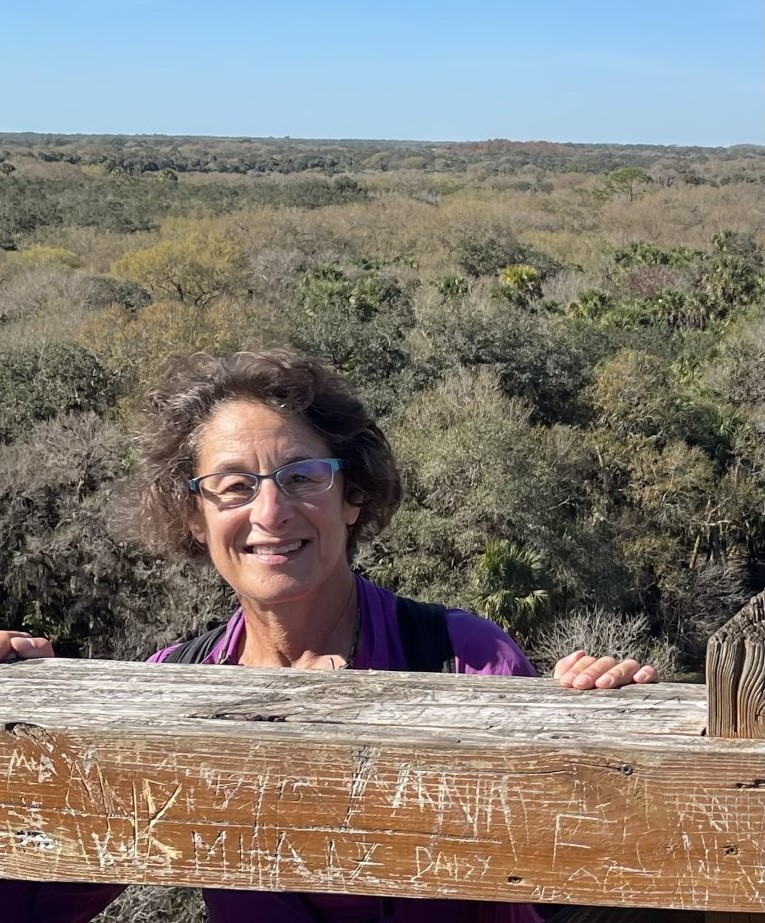Anne Shaffer is the Executive Director & Lead Scientist of the Coastal Watershed Institute. I…

Spokane River PCB Clean Up
Background
Polychlorinated biphenyls (PCBs) are a group of industrial compounds found in paint additives, adhesives, hydraulic fluids, electrical insulators, capacitors, and electric appliances such as television sets or refrigerators. Prevalent in the air, soil, and water worldwide, research in the 1960s demonstrated that PCBs are a fat-soluble neurotoxin and carcinogen that quickly accumulate in the body. This research ultimately led to a US ban on PCB manufacturing in 1979 and the start of a lengthy cleanup process across the country. As of 2003, more than two million lake acres and 130,000 river miles were covered by some type of PCB advisory. Three states (Indiana, Maryland and New York) and the District of Columbia have issued statewide freshwater advisories, and seven states (Connecticut, Maine, Massachusetts, New Hampshire, New Jersey, New York and Rhode Island) have issued statewide coastal advisories for PCBs.
Washington State has formally recognized that the Spokane River is impaired for PCBs since 1996. When a river is listed for PCBs, the federal Clean Water Act requires binding cleanup targets, but such a cleanup plan has never been completed for the Spokane River while state and federal agencies have continued to issue pollution permits.
2011 Citizen Lawsuit Against EPA
In 2011, Ecology abandoned efforts to adopt a PCB cleanup plan, largely because of political opposition by Spokane River polluters, who would be required to reduce PCBs in effluent by up to 99% to meet both Washington State and Spokane Tribe water quality standards. These polluters include Inland Empire Paper; Kaiser; and the Liberty Lake, Spokane County, and City of Spokane sewage treatment plants. Instead, Ecology formed the Spokane River Toxics Task Force and required polluters to participate, but also gave them control over the goals and activities of the Task Force. Subsequently, Environmental Protection Agency (EPA) issued discharge permits to three Idaho dischargers—the City of Coeur d’Alene, Post Falls and Hayden Water & Sewer District—also not requiring PCB limits, but instead requiring participation in the Toxics Task Force.
We need a clean, flowing water for the return of salmon. Salmon along with our children and the river’s life are compelling reasons to comply with federal law and move forward with a cleanup plan”
-Kathy Dixon, Sierra Club WA Executive Committee Member & Spokane River Advocate
CELP, along with Sierra Club, filed a citizen lawsuit against EPA in 2011 to complete and implement a PCB cleanup plan for the Spokane River. The Spokane Tribe of Indians intervened in support of our lawsuit, while Ecology, Spokane County, and Kaiser intervened to defend EPA.
2015 US District Court Ruling
In March 2015, U.S. District Court Judge Barbara Rothstein ruled that EPA’s failure to require a clean-up plan was an abuse of discretion and ordered EPA to submit a plan to the Court by July 2015. EPA, Ecology, Kaiser, and Spokane County appealed the ruling, but EPA withdrew its appeal and submitted a document (which fails to require a cleanup plan) to the District Court. In April 2016 the Ninth Circuit Court of Appeals dismissed the Ecology-County-Kaiser appeal in a one-paragraph decision.
During the past five years, Spokane River advocates have waited patiently for Ecology and EPA to complete a cleanup plan and begin its implementation.
2021 Motion for Summary Judgement
‘Patience’ is the one word describing river advocates, year after year we’ve waited. We’ve run out of hope and time with the agencies responsible for the Spokane River. We are returning to the courtroom to ask the federal judge to rule for the river and life.
— John Allison, Spokane River Team member
In the absence of a cleanup plan, CELP, Sierra Club, and the Spokane Tribe of Indians (represented by Marc Zemel of Smith & Lowney and Ted Knight) filed a motion for summary judgement on July 2, 2021. Under the filing, advocates state “the time has come for the Court to put an end to Ecology’s perpetual delays and illusory processes, find that Ecology has abandoned its duty to prepare a PCB Total Maximum Daily Load (TMDL) under the well–developed constructive submission doctrine, and order EPA to prepare the TMDL without further delay.”
Advocates' Perseverance Pays Off
On February 11, 2022, federal judge Barbara J. Rothstein signed off on a consent decree between EPA and our coalition of Spokane River advocates, setting a September 2024 deadline for EPA to set a target for reducing PCBs released into the river. Bringing an end to our decade long battle with Ecology and EPA, the legally binding agreement requires the EPA to establish a total maximum daily load for the chemicals, a legacy pollutant that enters the Spokane River through wastewater discharged by the city of Spokane and Spokane County, as well as the Liberty Lake Sewer and Water District, Kaiser Aluminum and Inland Empire Paper Co., in addition to other runoff sources.
6.
Spokane River PCB Clean Up



